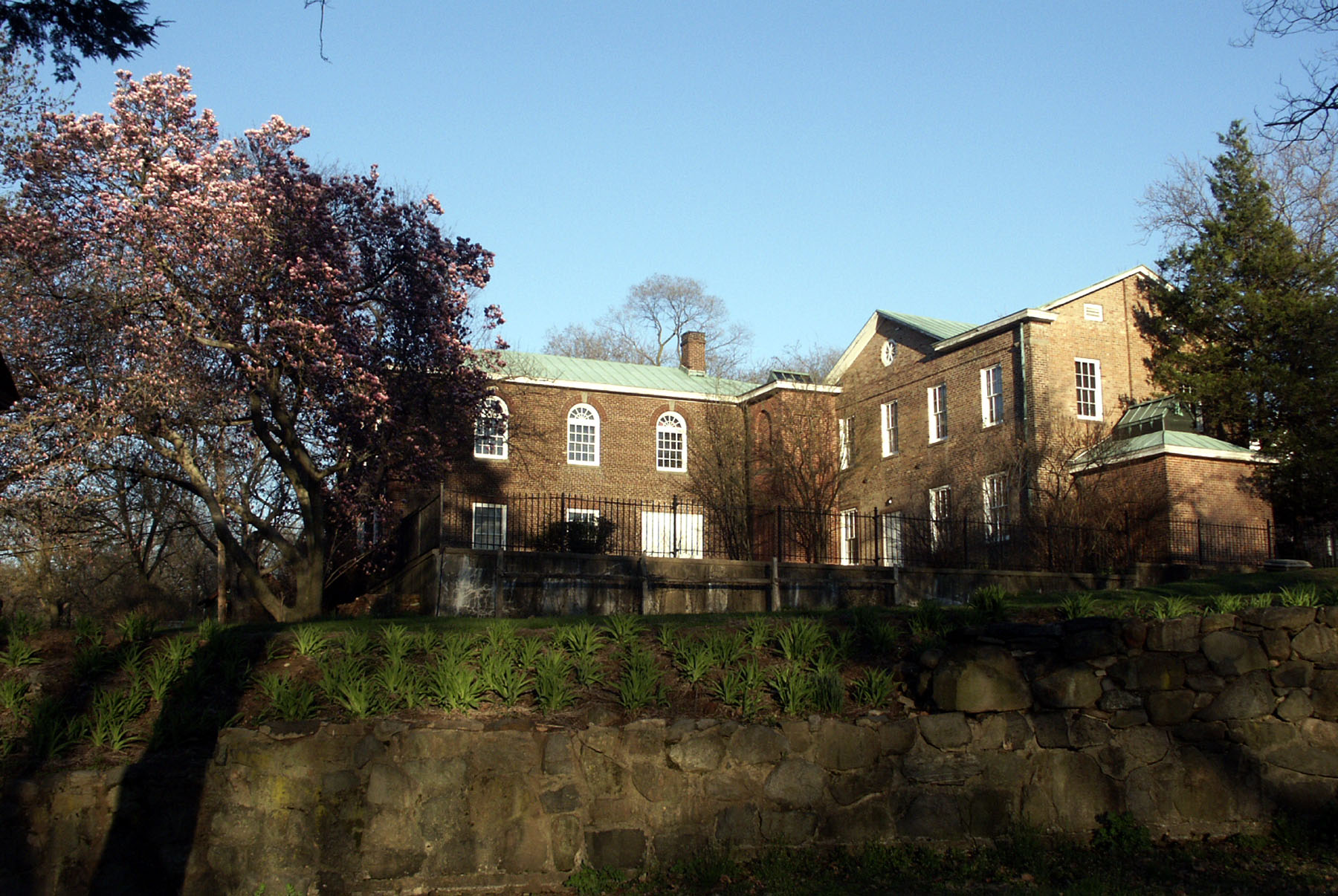Historical Museum (Former County Clerk’s and Surrogate’s Office) #2
The Historical Museum is the former County Clerk's and Surrogate's office for Richmond County. It is a large brick structure in its original location on Center Street at the corner of Court Place. Its architecture features decorative bracketed eaves of the Italianate style. It was at one time stuccoed and incised in imitation of brownstone blocks, a finish which was removed in the 1930s.
It was originally constructed in 1848 as a one-story building to house the County Clerk's and Surrogate's offices, which were previously located across the street in the Third County Courthouse. The building also housed the offices of the County Board of Supervisors and the District Attorney.
Within 10 years, the offices had outgrown the building, and it was reported that the building was extremely hot in the summer, very cold in the winter, and in a terrible state of disrepair. One newspaper, the Staten Islander, suggested that the County Supervisors tear it down, noting "There are few men of means in this county who have not better accommodations for their horses, than is here furnished for the County Clerk." In 1857, the County Grand Jury recommended that the building be improved "to show that we are not behind other counties in the spirit of improvement which marks this enlightened age."
Following their recommendation, a second floor was added in 1858. In 1861, a large safe weighing about 6 tons was installed to store important records. Apparently this was a difficult accomplishment, as the safe fell twice, once through a bridge, on its way from Vanderbilt's ferry landing (now Clifton) to Richmond.
By the 1870s the building was again too small for its occupants; the Richmond County Gazette reported in January 1879 that "nine lawyers were observed sitting on five chairs" while searching the records. The County Supervisors agreed to build an addition, and a two-story brick wing was added to the east end of the original building (parallel to Court Place). In 1911-1912, another addition was built onto the original building in to provide storage for records.
In 1920, the building was abandoned as government offices moved north to St. George. The building stood vacant for a number of years and had been condemned by the Building Department when, in 1934, the Staten Island Historical Society received permission from the Borough government to use it for a museum. The building was renovated and opened as a museum in 1935. It was designated an official New York City landmark by the New York City Landmarks Preservation Commission in 1969.
The building was renovated again in the 1980s to provide more modernized gallery space. It houses changing interpretive exhibitions featuring the museum's artifact, photograph, and document collections.


